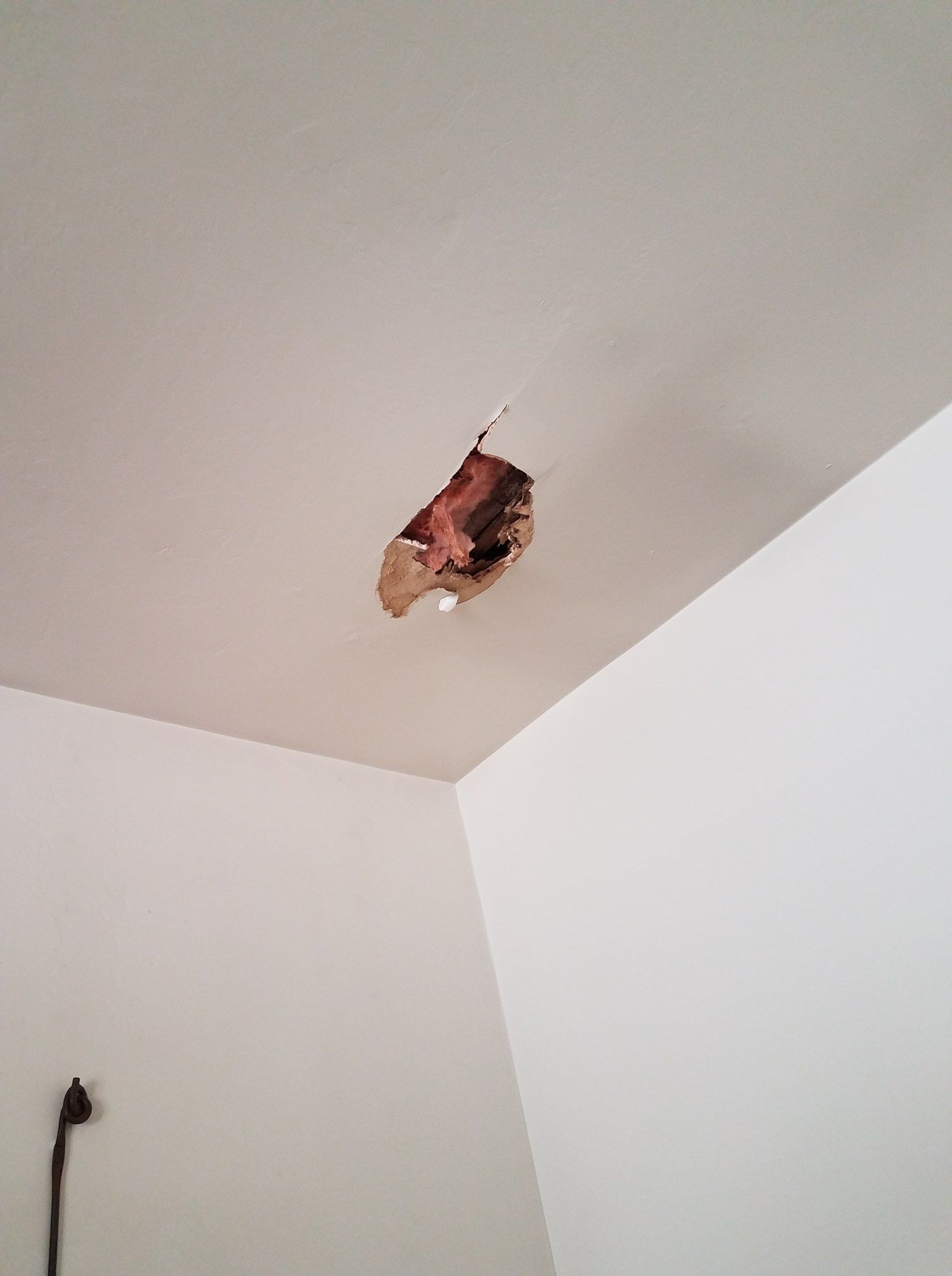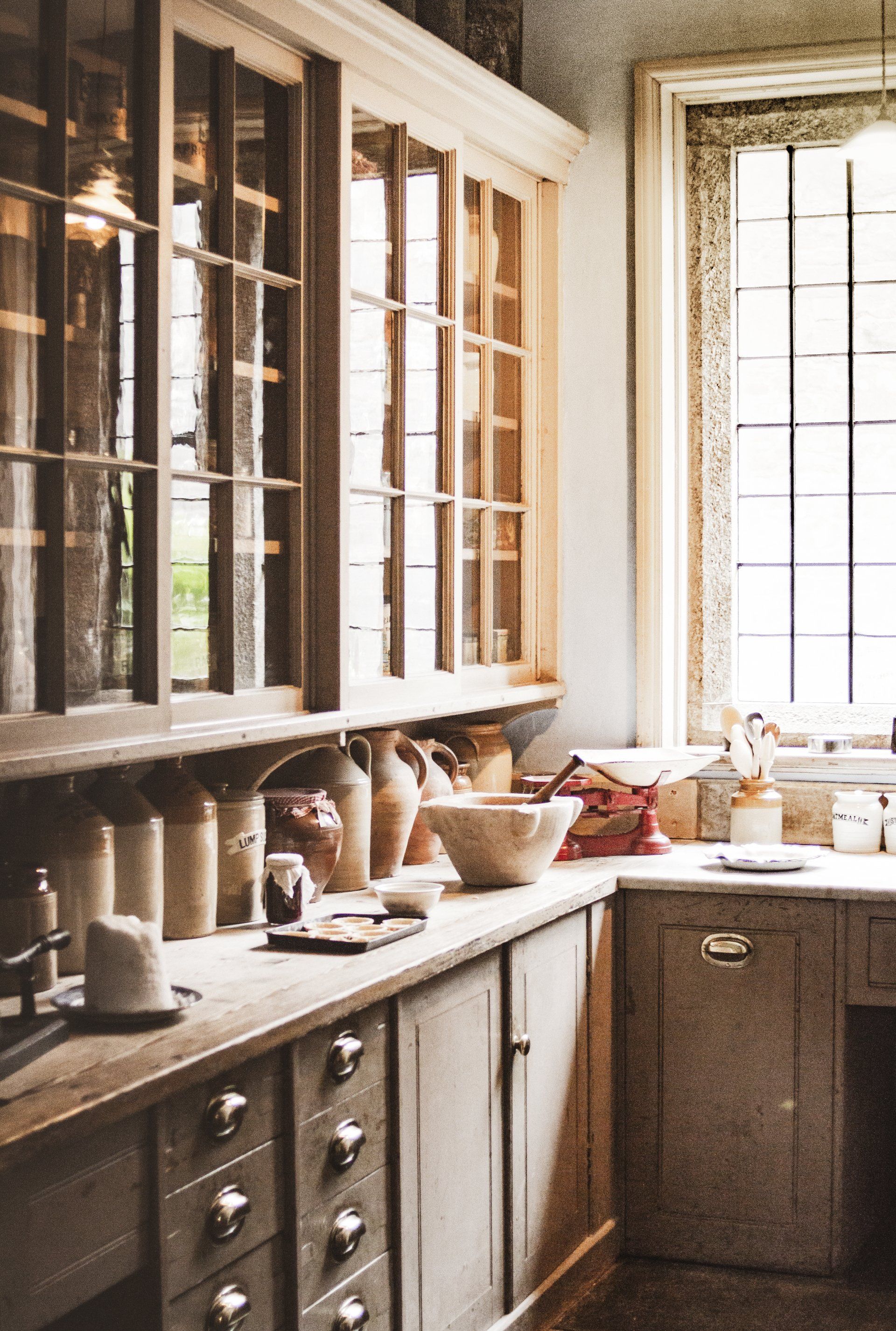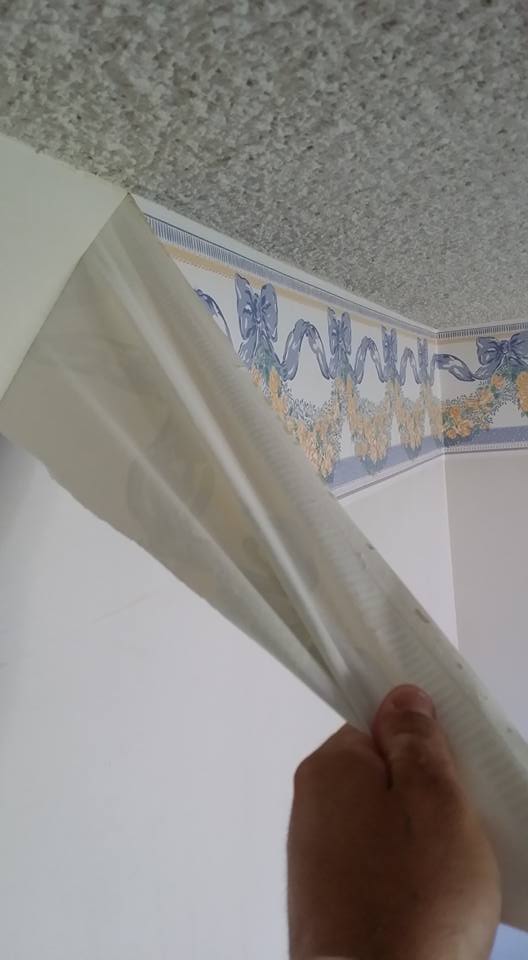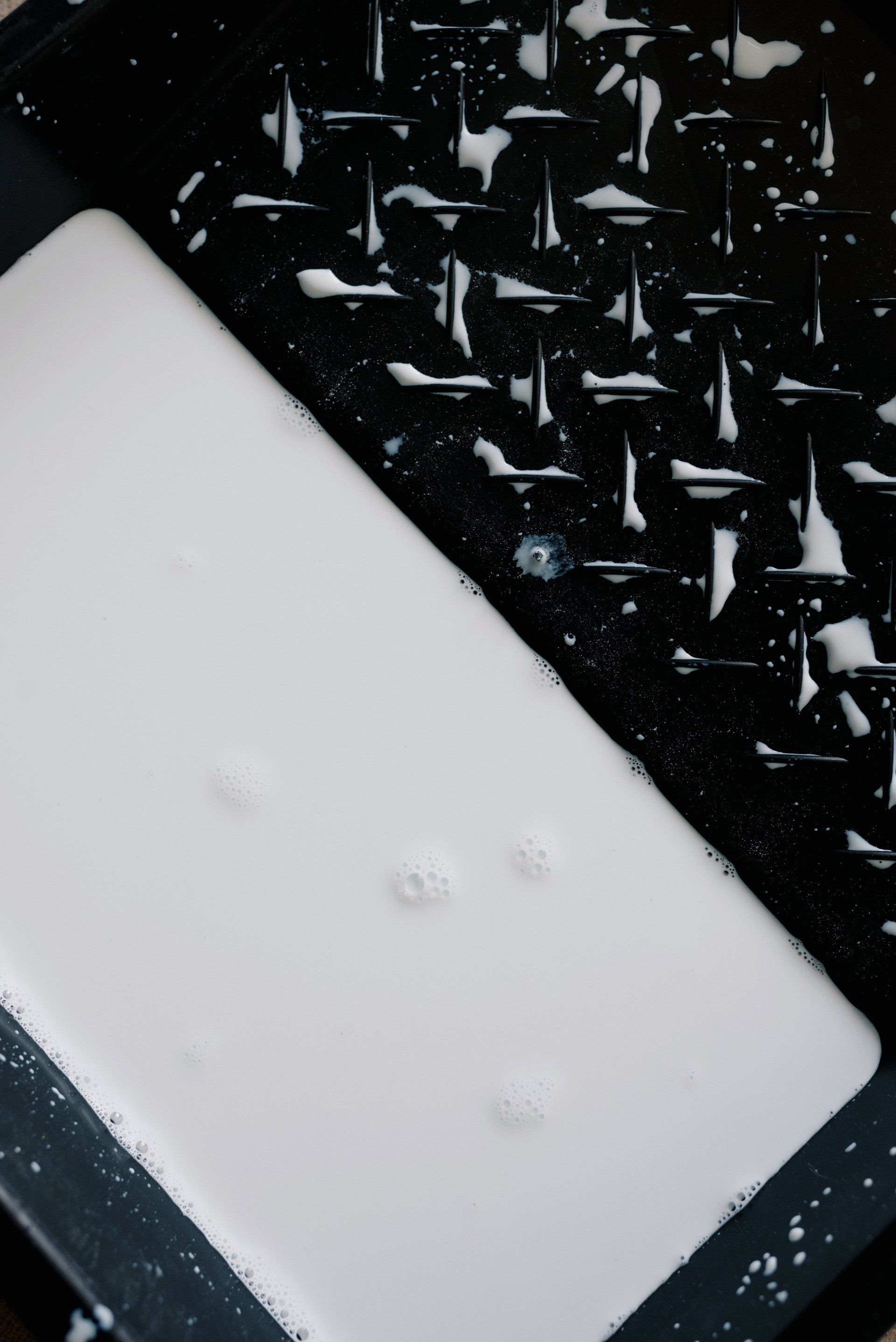Wall Perfection: A Guide to Professional Drywall Hanging Services
Keller Texas Drywall Contractor • September 27, 2022
Achieve Seamless Walls with Expert Drywall Installation and Hanging Services
Drywall, also known as sheetrock, is an essential component in modern construction, providing smooth, even surfaces for painting, tiling, and decoration. Whether you're building a new home or renovating an existing one, professional drywall hanging and installation services play a pivotal role in ensuring your walls are perfectly installed and ready for finishing. This guide will explore the entire process, from selecting the right materials to securing walls with the correct hardware, offering an in-depth look at the techniques and tools that create flawless, long-lasting results.
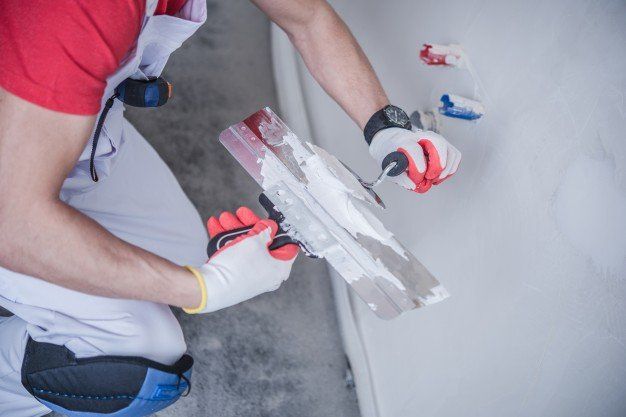
1. Understanding Drywall and Sheetrock
Before delving into the installation process, it's important to understand what drywall (commonly referred to as sheetrock) is. Drywall consists of gypsum boards sandwiched between thick sheets of paper, making it lightweight yet sturdy. It's a versatile material used for constructing walls and ceilings in residential and commercial buildings.
While drywall and sheetrock are often used interchangeably, Sheetrock is actually a brand name, one of the many types of drywall products available. Both materials serve the same purpose and can be used for various applications such as creating partition walls, concealing insulation, or covering framework.
2. Preparation Before Drywall Installation
Proper preparation is crucial for a successful drywall installation. Start by gathering the necessary tools and supplies, including drywall screws, a utility knife, measuring tape, and anchor screws. It’s also essential to measure your walls accurately, determining the number of sheets required and allowing for cuts around windows, doors, and electrical outlets.
Additionally, consider the drywall installation cost, which can vary depending on factors such as the size of the area, labor expenses, and the type of drywall you choose. A well-planned budget ensures that there are no surprises down the line.
3. Installing Drywall: Step-by-Step Guide
a. Cutting the Drywall Sheet Rock
The first step in installing drywall is cutting the drywall sheets to the appropriate size. Place the sheet against the wall frame and use a utility knife to score along the measurements. Once the sheet is scored, snap it along the cut for a clean edge. This technique is simple and reduces the risk of damaging the paper layer.
b. Securing Drywall with Screws
After the drywall is cut, it’s time to hang it on the wall frame. Secure the drywall with drywall screws, spacing them about 12 inches apart along the studs. For areas where studs may not provide adequate support, drywall anchors or sheetrock wall anchors are essential. These fasteners ensure that the drywall stays securely in place without sagging or bulging.
c. Screwing into Drywall: The Right Technique
One of the key aspects of screwing into drywall is ensuring that the screw heads are slightly recessed into the surface without puncturing the paper layer. If the screws are too shallow, they won't provide enough support, but if they're too deep, they can damage the drywall. Using a drill with an adjustable clutch helps control the depth of the screws.
d. Finishing the Seams
Once the drywall sheets are in place, the seams between them need to be sealed. Use joint tape and joint compound to cover the seams, ensuring a smooth, even surface. After the compound dries, sand it down for a seamless finish, ready for painting or further decoration.
4. Wall Anchors for Drywall: Ensuring Stability
In areas where heavy objects such as shelves, mirrors, or televisions need to be mounted, wall anchors for drywall are a necessity. These anchors provide additional support where studs are not available, distributing the weight of the object more evenly across the drywall surface.
There are several types of wall anchors to choose from, including:
- Plastic anchors: Suitable for light fixtures and small pictures.
- Toggle bolts: Ideal for heavy loads, such as cabinets.
- Molly bolts: Expand behind the wall for extra strength.
When installing wall anchors, drill a hole in the drywall slightly smaller than the anchor, insert the anchor, and use anchor screws to fasten the object securely.
5. Drywall Repair and Sheetrock Repair: Fixing Common Issues
Over time, drywall and sheetrock can experience wear and tear, such as dents, cracks, or holes. Understanding how to perform sheetrock and drywall repair is crucial for maintaining the appearance and integrity of your walls.
For small holes caused by nails or screws, patching with a little joint compound is usually sufficient. Larger holes may require additional support, such as
sheetrock wall repair patches, which are reinforced with mesh to provide a smooth surface.
Cracks or uneven surfaces can be addressed by sanding down the area and applying new joint compound, followed by sanding again to achieve a smooth finish. Proper sheetrock repair can make walls look as good as new.
6. Installing Wallboard and Drywall Work for Ceilings
While drywall is most commonly used for walls, it’s also essential for ceilings. Installing wallboard on ceilings follows the same basic principles as hanging drywall on walls but requires additional support and the use of longer drywall screws to prevent sagging.
Special attention should be paid to securing ceiling drywall with sheet rock installation techniques that account for the weight and size of ceiling panels. Using ceiling joists to anchor the drywall, along with screws and wall anchors, ensures that the panels are securely in place.
7. Drywall Installation Cost: Factors to Consider
One of the primary concerns for homeowners is the drywall installation cost. The cost can vary significantly depending on several factors:
- Type of drywall: Moisture-resistant or fire-resistant drywall may be more expensive.
- Size of the project: Larger areas will require more materials and labor.
- Labor costs: Hiring professional drywall installers can increase the overall cost, but ensures high-quality work.



